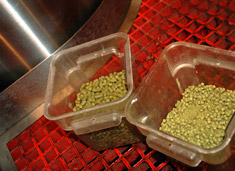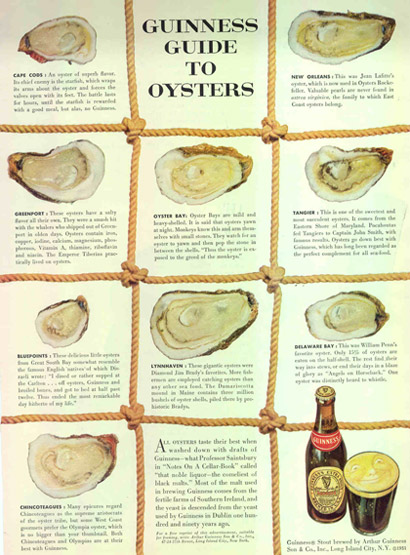Call it a beer mindset, but when I saw “Budometer” I thought beer.
Turns out the test you can take at the Wall Street Journal or here (“get your buds done”) is designed to help you discover what kind of wine taster you.
But before moving along, consider that the guy behind this, Tim Hanni, “is on a mission to combat snobbery in the wine industry.”
He argues that no one has a palate superior to anyone else’s, and that there’s nothing wrong with liking wines many experts consider tacky, like White Zinfandel. He also thinks traditional tasting notes comparing wine to berries or chocolate are useless in helping most consumers find wines they enjoy.
The takeaway: Not everybody tastes everything the same way. That clearly is relevant to drinking beer.
Hanni has classified tasters into three categories: tolerant, sensitive and hyper-sensitive. And the The Lodi International Wine Awards will use these classifications at its upcoming competition.
Hanni’s also interested in the role aspiration plays in preferences, because “the amount of time and effort you put into learning about wine strongly influences preferences and buying behavior.” Now we’re moving into the territory of $750 bottles of wine (the new price for Screaming Eagle).
Go ahead take the test even if you’ve vowed wine will never pass your lips. You might learn something about your beer drinking self. I scored between 6 and 7 on the scale of 9, putting me with the “intensity and balance are key” crowd.
 How much beer will those 10 tons of hops
How much beer will those 10 tons of hops  Jim Koch sent a big old hops valentine to smaller breweries on Thursday. Ten tons worth.
Jim Koch sent a big old hops valentine to smaller breweries on Thursday. Ten tons worth.